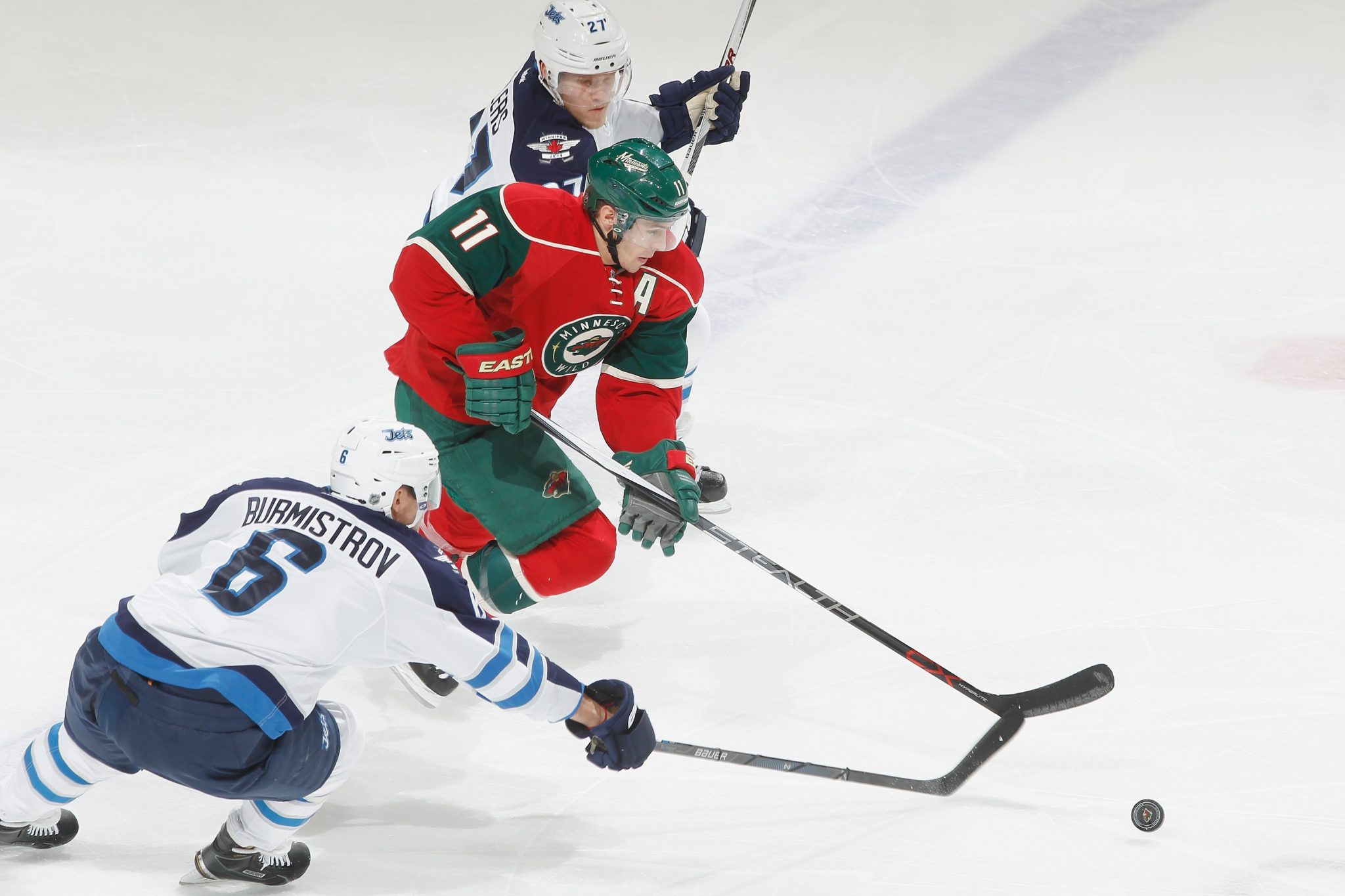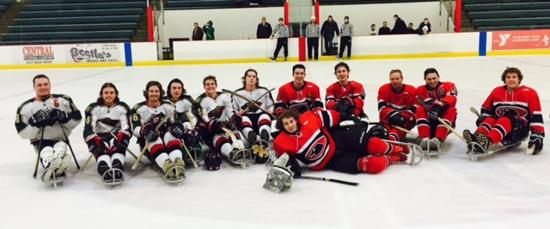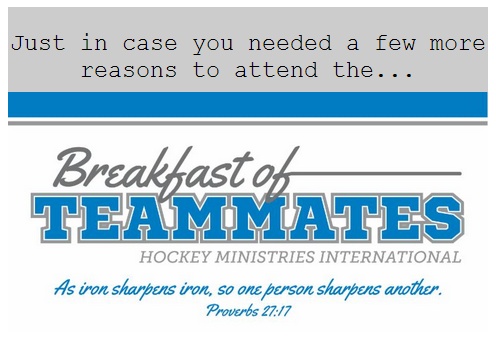

Ali said, “Float like a butterfly;” Allaire says, “Drop into the butterfly.”




Dubnyk makes 28 saves, Wild shut out Maple Leafs

Funding Will Help Grow and Advance Sled Hockey Across U.S.


Last day to get tickets is Saturday, Feb 28.

30th annual tournament bearing his name is underway this weekend
156 Comments